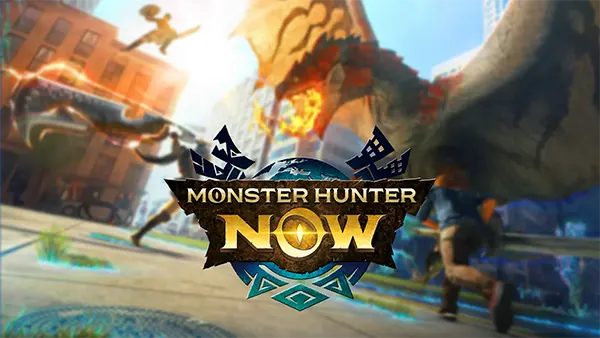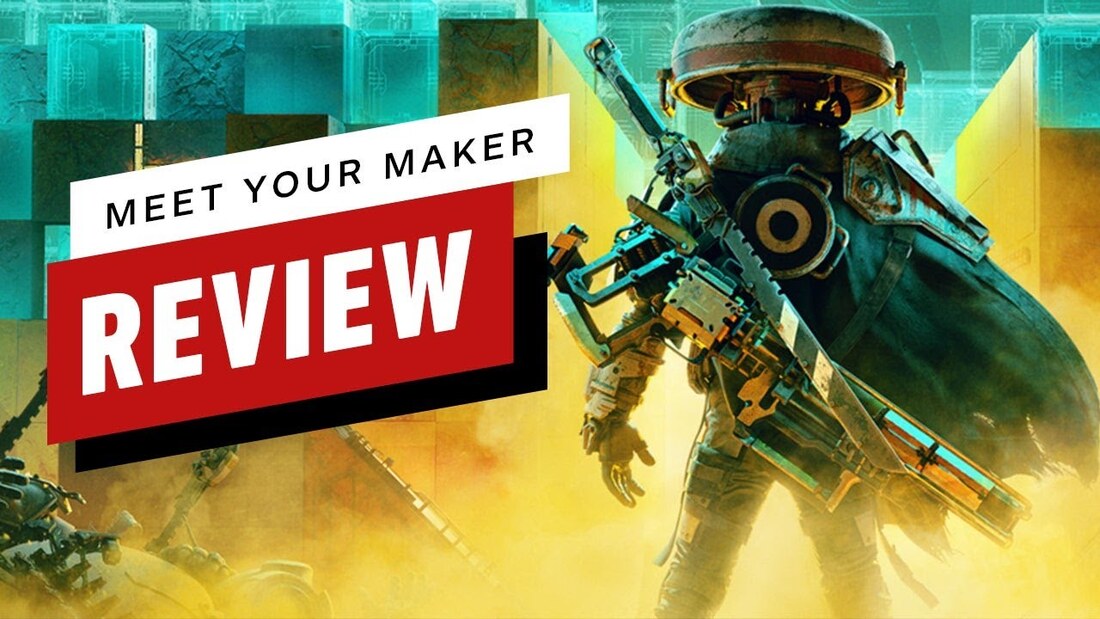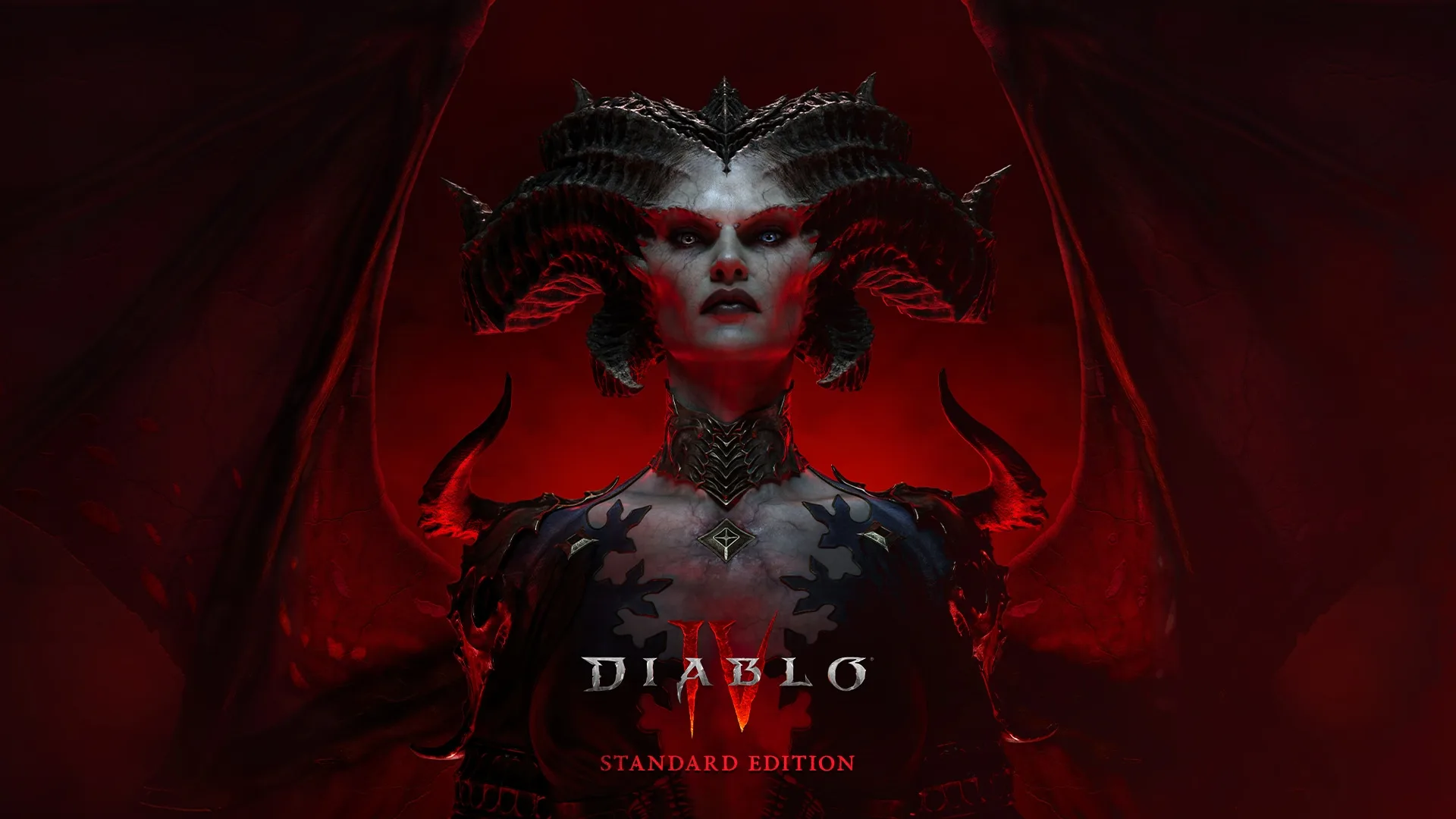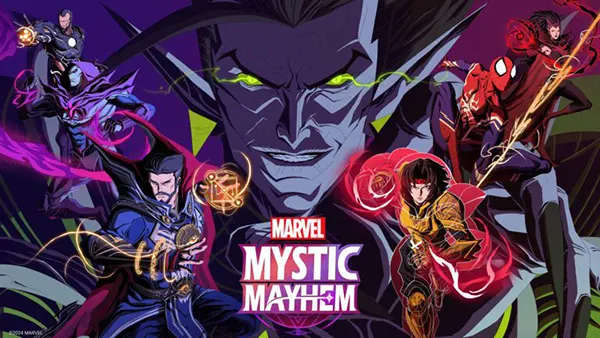
Marvel Mystic Mayhem: Tactical RPG Returns with Bearded Hulk
In February 2025, Marvel redefines mobile RPGs with its ambitious title — Marvel Mystic Mayhem. This tactical role-playing game invites players into a universe torn between chaos and mysticism, where familiar heroes adopt new powers and darker themes. One of the most striking revelations is the return of Hulk, but this time — bearded, grizzled, and dangerously wise.
The Storyline Behind Mystic Mayhem
Set in an alternate timeline of the Marvel multiverse, Mystic Mayhem unfolds in a dimension where magic supersedes technology. Here, Doctor Strange’s Sanctum Sanctorum serves as a central hub, but chaos has fractured reality, letting in dark entities that corrupt both heroes and villains. Nick Fury initiates a cross-dimensional recruitment, uniting characters with arcane potential.
The narrative is complex, drawing on lesser-known Marvel lore while introducing original magical threats. Players unravel the enigma of the Dimensional Shard — an artifact causing time ruptures — and explore how its power affects the very nature of each hero. The storytelling mixes dialogue-rich missions with voiced sequences that enhance immersion.
Bearded Hulk, or “Elder Hulk,” originates from an arcane-irradiated realm. His transformation is not cosmetic — he speaks in cryptic proverbs, retains his rage, but also possesses cosmic insight. His presence suggests a deeper narrative arc involving redemption, wisdom, and ancient power.
Characters, Factions and Narrative Depth
The character roster includes both iconic and obscure names — Scarlet Witch, Moon Knight, Magik, and Clea join the battle alongside reimagined versions of Iron Man and Black Panther, now wielding enchanted gear. Each hero belongs to a faction: The Arcane Vanguard, The Enchanted Order, or The Riftborn.
Factions influence the storyline and skill trees. Aligning with The Enchanted Order offers defensive buffs and healing skills, while The Riftborn specialise in temporal manipulation and damage over time. Faction dynamics also affect dialogue outcomes and alliance missions.
The bearded Hulk leads his own faction — The Verdant Sages. Their philosophy merges primal strength with mysticism, offering unique nature-based abilities like seismic roots and astral regeneration. This divergence provides players with deep lore and gameplay diversity.
Combat System and Tactical Mechanics
Marvel Mystic Mayhem is not a button-masher. Its turn-based combat is layered with tactical depth. Each battlefield is grid-based, encouraging strategic positioning, combo synergy, and terrain exploitation. Environmental factors such as mystical fog, unstable rifts, and cursed zones significantly affect battle outcomes.
Heroes possess three ability categories: Core Attacks, Mystic Skills, and Ultimate Invocations. These interact with the environment and enemy weaknesses. Timing and synergy are essential — for example, Clea’s Rift Scatter ability can expose enemies to Wanda’s Chaos Chain for devastating results.
Customisation is equally deep. Players can upgrade runes, equip relics, and fuse magical artefacts to alter abilities. Hulk’s “Smash of Aeons” changes based on the relic imbued — one version stuns, another drains life. Such variety supports distinct playstyles across different players.
Progression System and Difficulty Scaling
Leveling up is tied not just to XP but to the completion of Arcane Trials, which test players’ tactical acumen. These are optional but provide valuable skill unlocks. Difficulty scales dynamically, rewarding intelligent decision-making over grinding.
The game introduces “Fate Threads” — branching missions that impact both the world and your team’s growth. Consequences are real: failing to save an ally might close off certain upgrade paths or summon tougher adversaries later in the story.
Endgame content includes procedurally-generated mystic rifts, faction wars, and weekly challenge towers. These maintain engagement while allowing continuous character growth. Leaderboards reflect both power and decision-making quality, not just brute strength.
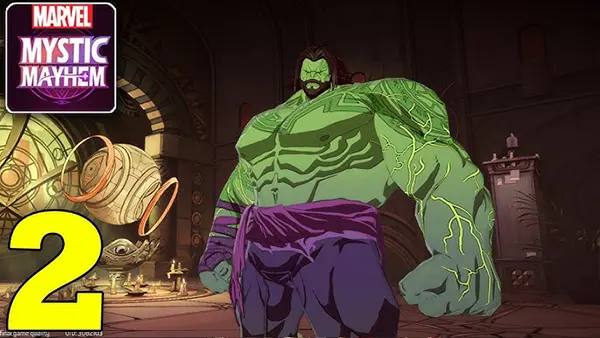
Visuals, Sound Design and Player Feedback
The game stands out for its visual design. Characters are intricately modelled with glowing sigils, enchanted armour, and fluid animation. Mystic energy effects pulsate across the screen, and each realm reflects the thematic essence of its faction — from ghostly swamps to shattered crystal arenas.
Voice acting adds gravitas to the story. Hulk’s gravelly, aged voice — performed by an award-winning actor — contrasts with the younger, aggressive tones of his past portrayals. Music blends orchestral pieces with mystic motifs, enhancing atmosphere during battles and cutscenes alike.
Initial community feedback has been largely positive. Players praise its originality, depth, and the bold artistic shift from conventional superhero games. While there are minor criticisms about interface clutter and load times, the game’s updates are frequent and responsive to user input.
Accessibility and Monetisation
Marvel Mystic Mayhem avoids aggressive monetisation. It uses a season-pass model with optional cosmetics, but all core heroes and missions are unlockable through gameplay. Premium currency can speed progress but does not gate essential content.
The interface supports full voice narration, colourblind modes, and simplified layouts for players with cognitive impairments. Controls are optimised for touch but also compatible with Bluetooth controllers, appealing to a broader audience.
There’s no PvP at launch, but cooperative boss raids are available. These require synchronised strategy, not just raw stats. Such decisions reflect a user-first development ethos that values fair play and accessibility.

